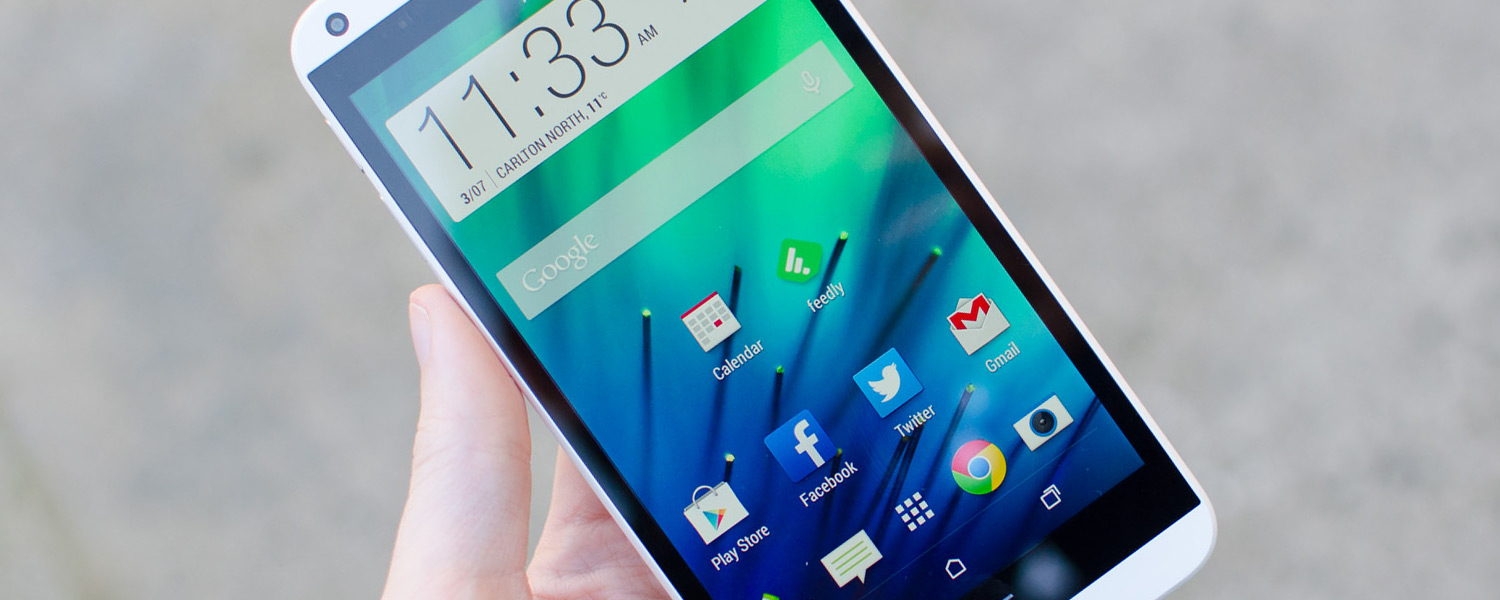Camera
As a mid-range handset, the Desire 816 doesn't use HTC's flagship 'UltraPixel' sensor or Duo Camera arrangement, instead relying on a more traditional 13-megapixel CMOS. The sensor is a 1/3.06" OmniVision OV13850, which uses 1.12µm pixels and natively captures 4:3 images with a resolution of 4224 x 3136. It's paired with a 28mm-effective f/2.2 lens and an LED flash.
Meanwhile the front camera is a Samsung S5K5E2 1/5" 5-megapixel CMOS with 1.12µm pixels, paired with an f/2.8 33mm-effective lens. Both the front and rear cameras are identical to the HTC One mini 2, while the front sensor is also the same as the HTC One M8 (albeit with a different lens). It's interesting that HTC has used a wider-angle lens for the rear camera than the front-camera, but both are wide enough for general use.
OmniVision's smartphone camera sensors tend to be more on the budget end of the scale, compared to high-end models from Sony and Samsung. With that said, the OV13850 is a perfectly capable shooter for a mid-range product like the Desire 816, and throughout my use I found it to be quite good for everyday photography.
One of the strengths of the HTC Desire 816's camera is the resolution. The 13-megapixel sensor captures a decent amount of detail for a mid-range smartphone, surpassing HTC's own flagaship One M8 with its smaller 4-megapixel shooter. In the best conditions, the Desire 816 produces crisp results that look great when downscaled to 1080p or 720p, and there's ample room for some cropping or zooming.
The OV13850 isn't without grain though, noticeable when viewing full resolution shots captured using most of the camera's ISO range. The Desire 816's camera metering algorithm prefers to use ISO 125 for the majority of its shots, which doesn't really suffer from noticeable grain. It's odd that it never used a lower ISO though, even in the brightest of conditions, instead using progressively faster shutter speeds that easily reached 1/2000s.
The color quality seen in the Desire 816's camera shots is good without being astonishing, often suffering from typical HTC camera problems like underexposure in cloudy situations and dodgy indoor white balance. Photos taken outside were usually fine though, with acceptable dynamic range that can be boosted using the HDR mode when photographing high-contrast scenes.
The use of a 13-megapixel sensor over the UltraPixel camera module has its downsides when shooting in dark conditions. 1.12µm pixels aren't adequate enough when paired with an f/2.2 lens to produce bright images at night. The camera has to resort to using high ISOs to reduce blur and capture enough light, and anything past ISO 800 will cause high levels of grain and noise reduction artefacts.
I wasn't impressed with the Desire 816's camera preview, which uses a low frame rate that doesn't give a smooth experience at all. If you're moving the camera about, it can cause the preview to be blurry, even in strong sunlight. HTC also uses spot metering, adjusting for wherever you tap to focus, which has its upsides and downsides but unfortunately can't be changed to matrix or center-weighted metering.
On a more positive note, there's a very short capture time, allowing you to capture images almost instantly.
Compared to HTC's flagship product line there are fewer camera features: the Desire 816 only has the basics like crude exposure and ISO adjustment, plus a range of typical scenes. Manual shooting mode is gone, so there's no way to make fine adjustments to the camera settings, as is Zoe mode and everything related to the Duo Camera.
The 5-megapixel front-facing selfie camera is good as far as front-facing cameras go, but it's definitely a few steps behind the rear camera. It's surprisingly capable in low-light for a module using an f/2.8 lens, and the resolution makes your selfies quite detailed, but actual color quality leaves a lot to be desired.
The Desire 816 is capable of recording video at 1080p at 30 frames per second and with a bitrate of 20 Mbps. Quality of both the video and audio is good, with color saturation and dynamic range on par with still shots.













